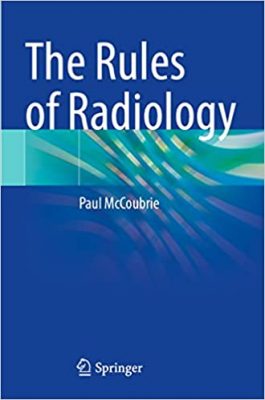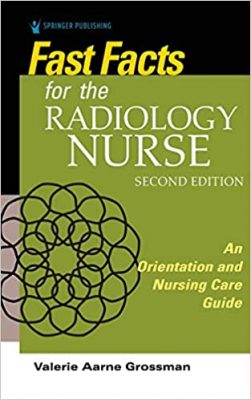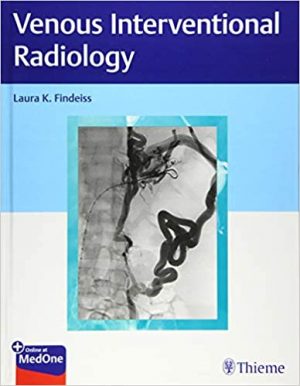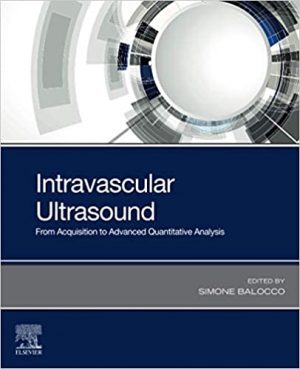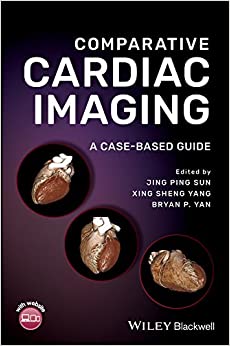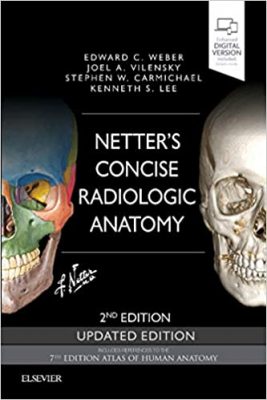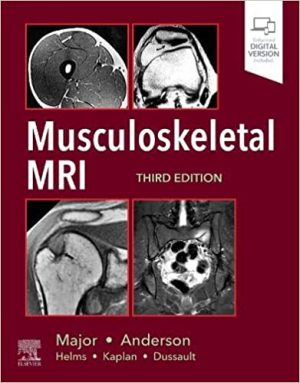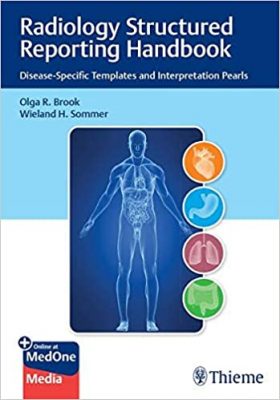Felson’s Principles of Chest Roentgenology A Programmed 5th Edition
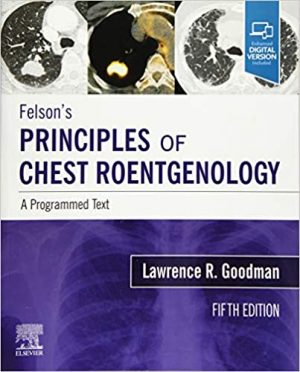
Easy to read, engaging, and highly interactive, Felson’s Principles of Chest Roentgenology: A Programmed Text, 5th Edition, has long been the go-to learning resource for medical students, residents, radiologists, and others who order and interpret chest x-rays. It offers a clear, self-directed tutorial on all aspects of chest imaging, including pathologies and anatomic challenges. You’ll find essential, accessible explanations of basic science, image reading and interpretation, and key terminology, along with hundreds of high-quality radiographs and interactive quizzes that have made this best-selling title the must-have primer of chest radiology.
Presents essential concepts in a straightforward, logically sequenced manner, with one chapter building on the next.
Emphasizes basic radiographic anatomy and signs of disease seen in everyday practice on the chest x-ray, helpfully presented from various points of view.
Includes more than 550 radiographs (many are new!) with correlative PET, CT, and MR images as appropriate―all presented with humor and insightful comments that provide a uniquely engaging self-directed learning experience for clinical application or board review.
Keeps you up to date with the latest thoracic imaging topics, including pleuroparenchymal fibroelastosis, combined pulmonary fibrosis with emphysema (CPFE), age-related lung changes, interstitial lung disease (ILD), lung cancer screening and tumor classification, and lower radiation dosing and safety considerations.
Provides numerous multiple-choice questions and quizzes throughout, along with answers, annotated x-rays, line drawings, cartoons, and engaging clinical tips.
Includes access to robust interactive offerings online, such as easy-to-access quizzes and board review questions.
Enhanced eBook version included with purchase. Your enhanced eBook allows you to access all of the text, figures, and references from the book on a variety of devices.
